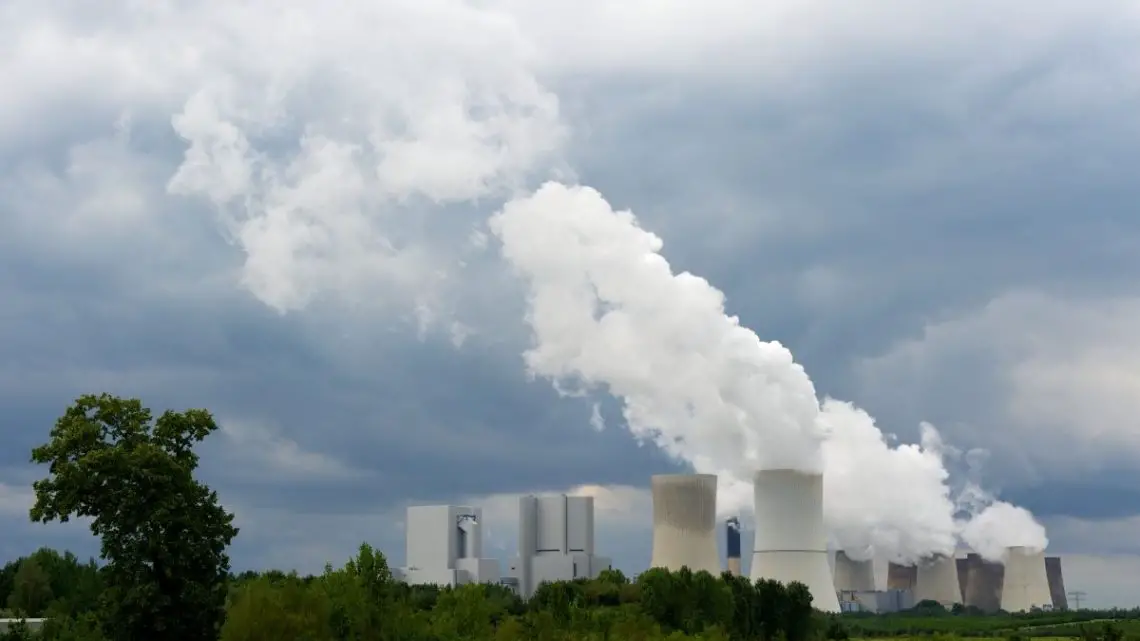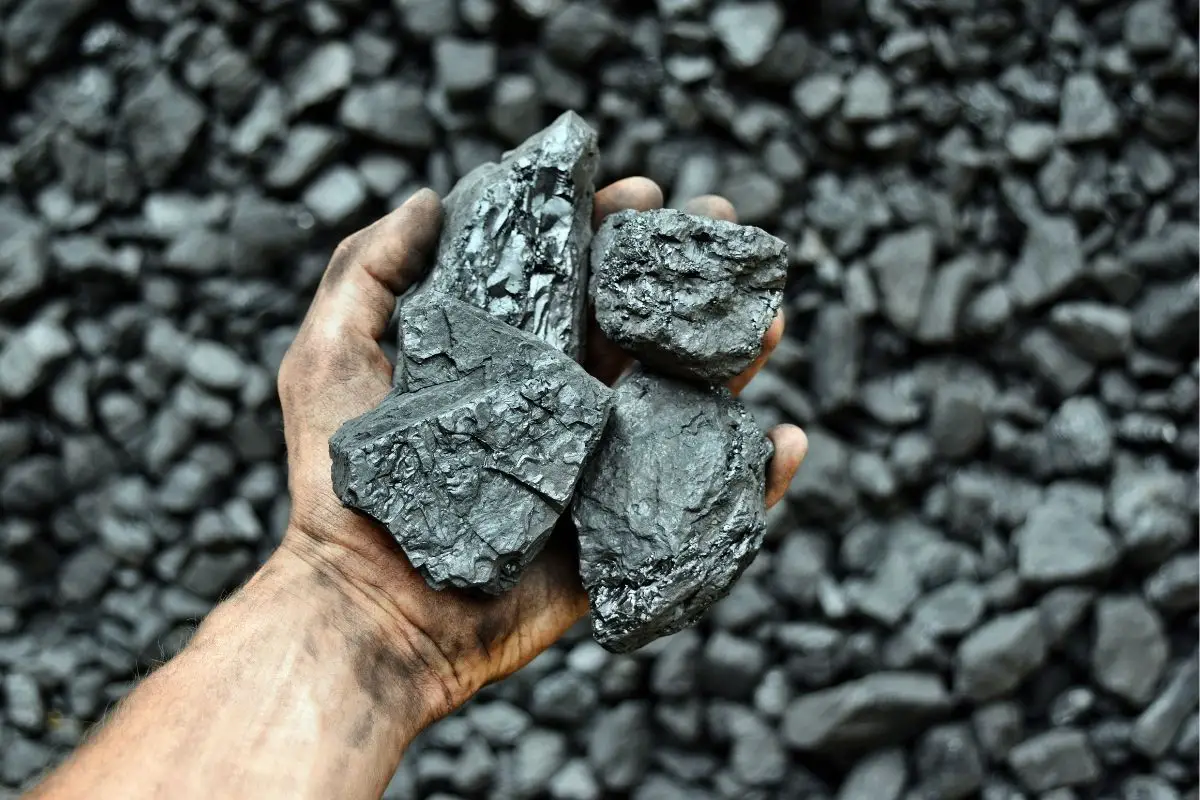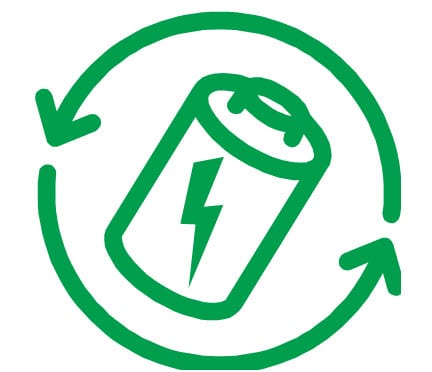
US government’s blue hydrogen strategy may be dirtier than coal, says study
August 17, 2021The Biden-backed plan to use H2 made using natural gas may not be as clean as suggested.
The US Senate recently passed a massive infrastructure bill applauded by Joe Biden, who called it a key to decarbonizing, using blue hydrogen as a clean form of fuel.
The idea was to be able to phase out “dirty” forms of fuel in favor of “clean” renewable alternatives.
Unfortunately, new research is now suggesting that the blue hydrogen plan may in fact be more polluting than the current use of coal in the country. The $1 trillion bipartisan supported infrastructure package passed with a component including $8 billion in funding for the development of clean hydrogen. The money is to be used for creating four regional H2 hubs.
According to the White House, the infrastructure bill’s focus on elements such as H2 fuel is meant to be an important part of the Biden administration’s efforts to meet climate targets. The H2 has been referred to as a low-emissions alternative fuel for use in aviation, trucking, shipping and home heating, among other purposes.
Newly released research shows that the blue hydrogen in the bill is surprisingly polluting.
The issue isn’t in the H2 itself. That fuel is indeed emission-free when it is used. However, the issue is in the way it is produced. Green hydrogen is made using renewable energy sources such as wind and solar. Those power the electrolysis that splits water into its oxygen and hydrogen molecules. The process is carbon emission-free.
However, the blue hydrogen in the senate bill is made by splitting gas into H2 and carbon dioxide. The CO2 is then captured and stored permanently. At the same time, incidental methane release also occurs. Methane is a strong greenhouse gas. The entire process is energy intensive in both the fuel’s production and in the CO2’s storage.
According to the research, all tolled, this method of H2 generation is about 20 percent more greenhouse gases than coal. Moreover, it is 60 percent more emitting than burning diesel.
The pollution research about blue hydrogen was published in the Energy Science & Engineering journal by Robert Horwath, a Cornel University scientist, and Mark Jacobson, a researcher from Stanford University.



 With over 15 years of reporting hydrogen news, we are your premier source for the latest updates and insights in hydrogen and renewable energy.
With over 15 years of reporting hydrogen news, we are your premier source for the latest updates and insights in hydrogen and renewable energy.
The life cycle issue is more than just burning coal, because much methane is released in the process of mining and transporting coal.
How much methane is released from coal? According to the US EPA, “By 2020, global methane emissions from coal mines are estimated to reach nearly 800 MMTCO2E, accounting for 9 percent of total global methane emissions. China leads the world in estimated coal mine methane (CMM) emissions with more than 420 MMTCO2E in 2020 (more than 27 billion cubic meters annually).”
epa.gov/cmop/frequent-questions
The calculations need to be done using Renewable Natural Gas rather than fossil natural gas. RNG is carbon negative due to the capture of biogas from organic waste in the production of RNG. RNG is a non fossil fuel. By using RNG with CO2 capture, you have significantly less carbon cost than using fossil natural gas. Hydrogen produced by electrolysis of water using electricity is only green if it uses renewable electricity from wind/solar/hydro production. 60% of electricity is now produced by power plants using natural gas or coal. The cleanest way to produce Green Hydrogen is to use Renewable Natural Gas to produce the hydrogen.
SORNG, how can you conflate natural gas with clean energy? RNG is just greenwashing as, by it’s very nature, a non renewable energy form. Did you even read the article? The cleanest way to produce Green Hydrogen is from Green Energy, not natural gas.